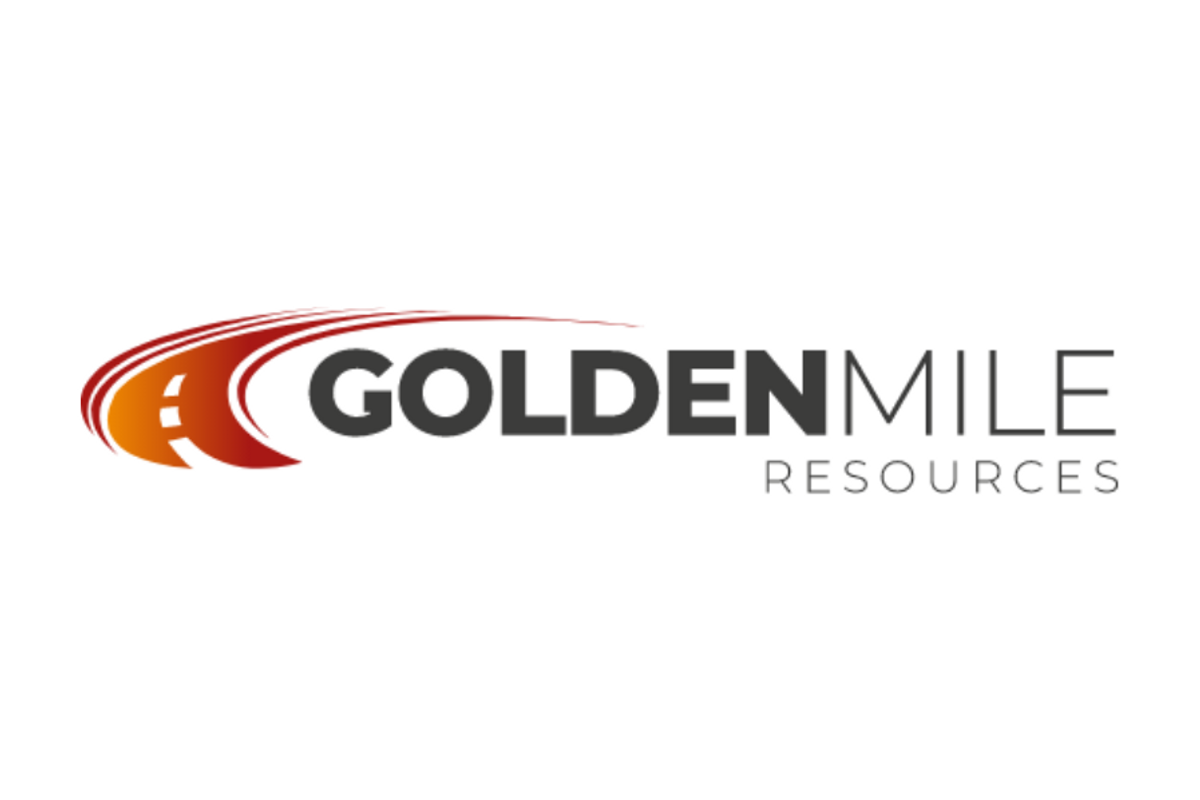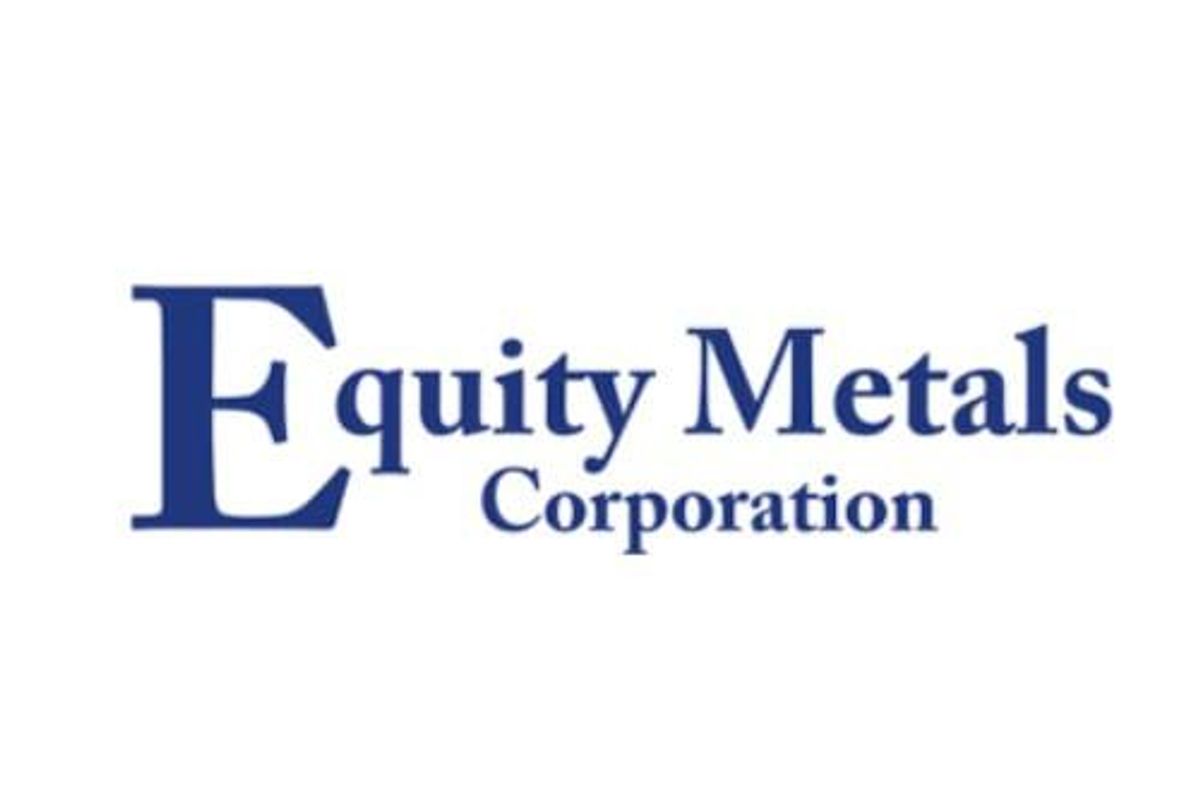
August 15, 2024
As previously advised, Golden Mile Resources Limited (“Golden Mile”; “the Company”; ASX: “G88”) has been undertaking a detailed review of all projects in its current portfolio. As a part of this strategic review, the Company has now completed its detailed technical assessment of the Marble Bar and Murchison Projects.
Marble Bar
A 120-sample stream sediment programme was carried at the Marble Bar Project to determine the Project’s potential, and whether the geochemical sampling results warranted further exploration activities. The results of this programme indicated only weak metal anomalism, and no further exploration activities are warranted.
Murchison
A review and field evaluation, reported previously, were carried out at the Murchison Project, E20/1005. This included reconnaissance mapping, and rock chip sampling, with a focus on the outcropping granitoids, pegmatitic veins, shear zones, and the local tungsten workings.
Rationalisation
As a result of these project reviews, the Board has made the decision to relinquish the Marble Bar and Murchison tenements. This entails the surrender of granted exploration licences E45/6210, E45/6211 and E20/1005, and the withdrawal of Exploration Licence Application ELA45/6709. These granted Exploration Licences carried minimum annual expenditure commitments of $114,000, and approximately $23,000 in Department of Energy, Mines, Industry Regulation & Safety (DEMIRS) rent and shire rates payments.
This decision allows the Company to focus on its projects which have the greatest potential, including the recent joint venture-acquisition of the highly prospective Pearl Copper Project located in Arizona, USA.
Click here for the full ASX Release
This article includes content from Golden Mile Resources, licensed for the purpose of publishing on Investing News Australia. This article does not constitute financial product advice. It is your responsibility to perform proper due diligence before acting upon any information provided here. Please refer to our full disclaimer here.
The Conversation (0)
18 February 2025
Golden Mile Resources
Multiple exploration opportunities across base and precious metals in Australia and the US
Multiple exploration opportunities across base and precious metals in Australia and the US Keep Reading...
14h
Alain Corbani: Gold to Hit US$5,000 Near Term, What About Silver?
Alain Corbani, head of mining at Montbleu Finance and manager of the Global Gold and Precious Fund, sees the gold price reaching US$5,000 per ounce in the near term. He sees real interest rates and the US dollar as the key factors to watch, but noted that other elements are also adding... Keep Reading...
06 January
Aurum advances Boundiali development with 3 ML Applications
Aurum Resources (AUE:AU) has announced Aurum advances Boundiali development with 3 ML ApplicationsDownload the PDF here. Keep Reading...
06 January
Peruvian Metals Full Capacity Throughput at Aguila Norte Processing Plant in 2025 and Focuses on Silver and Gold for 2026
Peruvian Metals Corp (TSXV: PER,OTC:DUVNF) (OTC Pink: DUVNF) ("Peruvian Metals" or the "Company") is pleased to announce production results for 2025 at its 80-per-cent-owned Aguila Norte processing plant ("Aguila Norte" or the "Plant") located in Northern Peru. The Company is also pleased to... Keep Reading...
04 January
Ongoing Drilling Continues to Return Broad Gold Intercepts
Asara Resources (AS1:AU) has announced Ongoing drilling continues to return broad gold interceptsDownload the PDF here. Keep Reading...
Latest News
Interactive Chart
Latest Press Releases
Related News
TOP STOCKS
American Battery4.030.24
Aion Therapeutic0.10-0.01
Cybin Corp2.140.00






